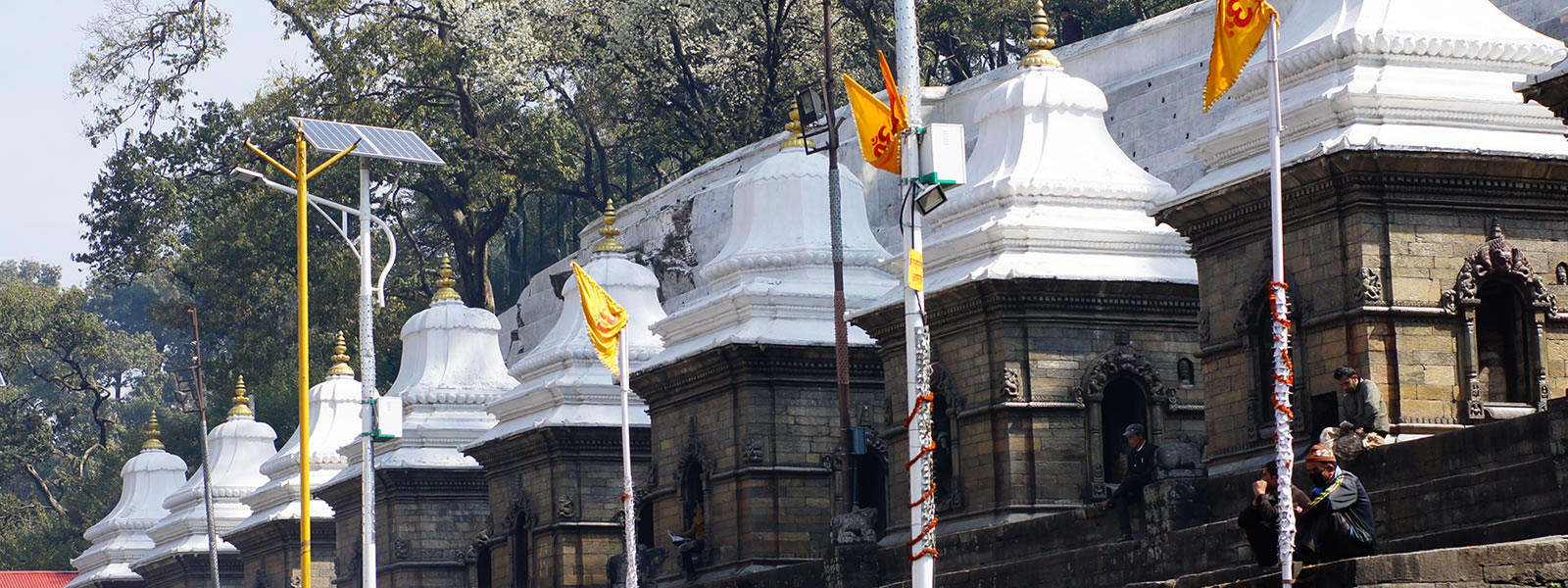
The United Nations Educational, Scientific and Cultural Organization (UNESCO) has enlisted 10 sites as World Heritage Sites in Nepal that include Kathmandu Durbar Square, Bhaktapur Durbar Square, Patan Durbar Square, Swayambhunath, Pashupatinath, Boudhanath, Changunarayan, Lumbini, Chitwan National Park, and Sagarmatha National Park.
The Heritage sites in Nepal vary from natural astonishments to outstanding cultural breakthroughs. Such landmarks are bold, stunning and showcase the gorgeous cultural and natural dimension of Nepal that is accurately astonishing. Amid 10, eights are cultural and two are natural ones. Such features offer a plethora of information, entertainment, education, and adventure in their ways.
Cultural heritages have their ancient history, artifacts, and archeological significance that goes back to a few centuries. Meanwhile, natural sites are full of vegetation, wildlife, and diverse landscape. Holidaymakers are welcome to explore regardless you are a nature lover or a culture, archeology, and history pioneer; the UNESCO World Heritage Sites of Nepal have a plethora to offer for you. Below I have sketched the detail of the UNESCO World Heritage Sites of Nepal. Without much ado let’s dive inside the world heritage sites to the fullest.
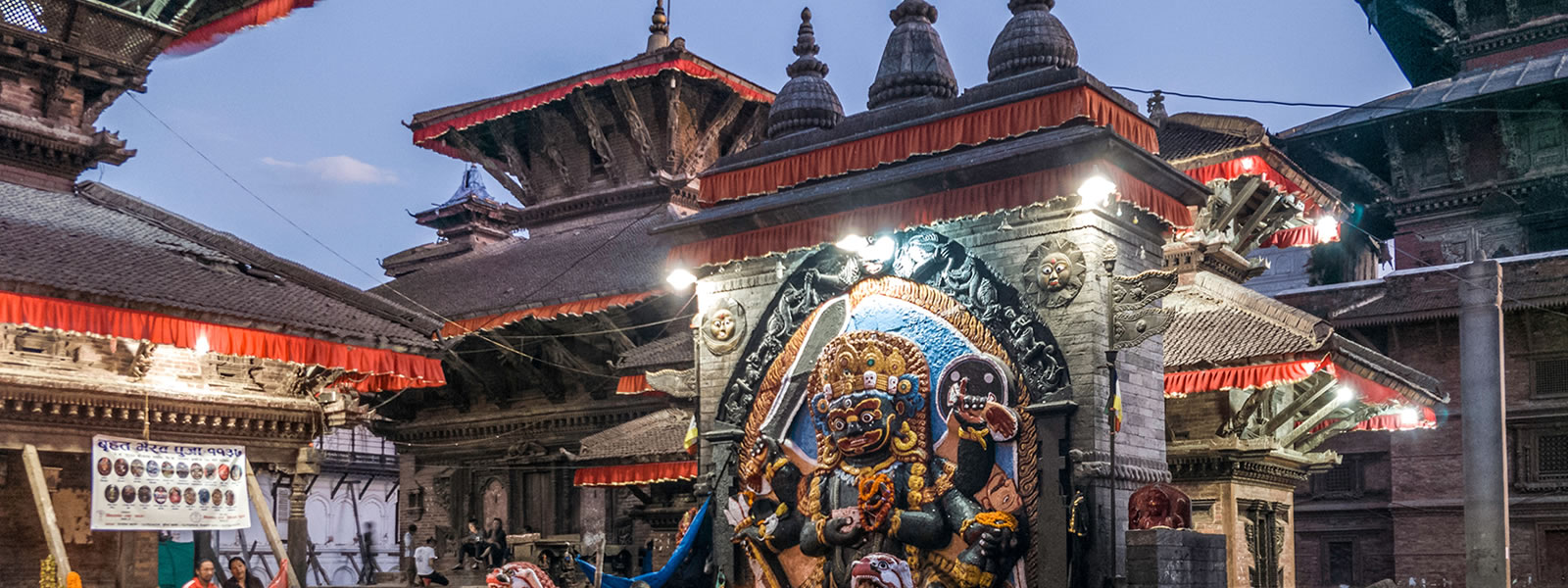
Highlights
One of the most visited and best-known attractions in Kathmandu valley, Kathmandu Durbar Square lies in the heart of Kathmandu. Enlisted in UNESCO World Heritage Sites in 1979, these Durbar surroundings are honored as the museum of temples. As a cluster of classic architectures comprising over 50 temples, palaces, and courtyards that date back to the 12th to 18th centuries, the square preserves its original edifice style and glamour.
Hanuman Dhoka, Kastamandap, Kumari House, Panch Mukhi Hanuman Temple, Mul Chowk, Mohan Chowk, Sundari Chowk, Tribhuvan Museum, King Mahendra Memorial Museum Degutale Temple, Taleju Mandir, Nasal Chowk, Nine storied Basantapur Tower, and Kal Bhairab can be explored in this durbar periphery. Most of them were built during Malla Dynasty.
Pay a visit to Kumari Ghar, the house of the living goddess of Nepal, Kumari. These real Nepal architectures with multicolor engravings on the walls and doors were erected in 1757 by Jaya Prakash Malla. Kumari is a pre-pubescent young girl chosen to be a living goddess from the Shakya clan of the Newari community. The selection process is tough where she needs to pass several steps.
Another amazing shrine of this surrounding is a Kastamandap, a house of wood was built from a single Sal tree. In the beginning, it was used for a community hall where local people assembled for vital ceremonies, and later, it changed into the Temple of Gorakhnath. The good news is as a few buildings in the Durbar periphery were collapsed due to the devastative earthquake are now completely renovated and eagerly awaiting visitors.
Entry Permit
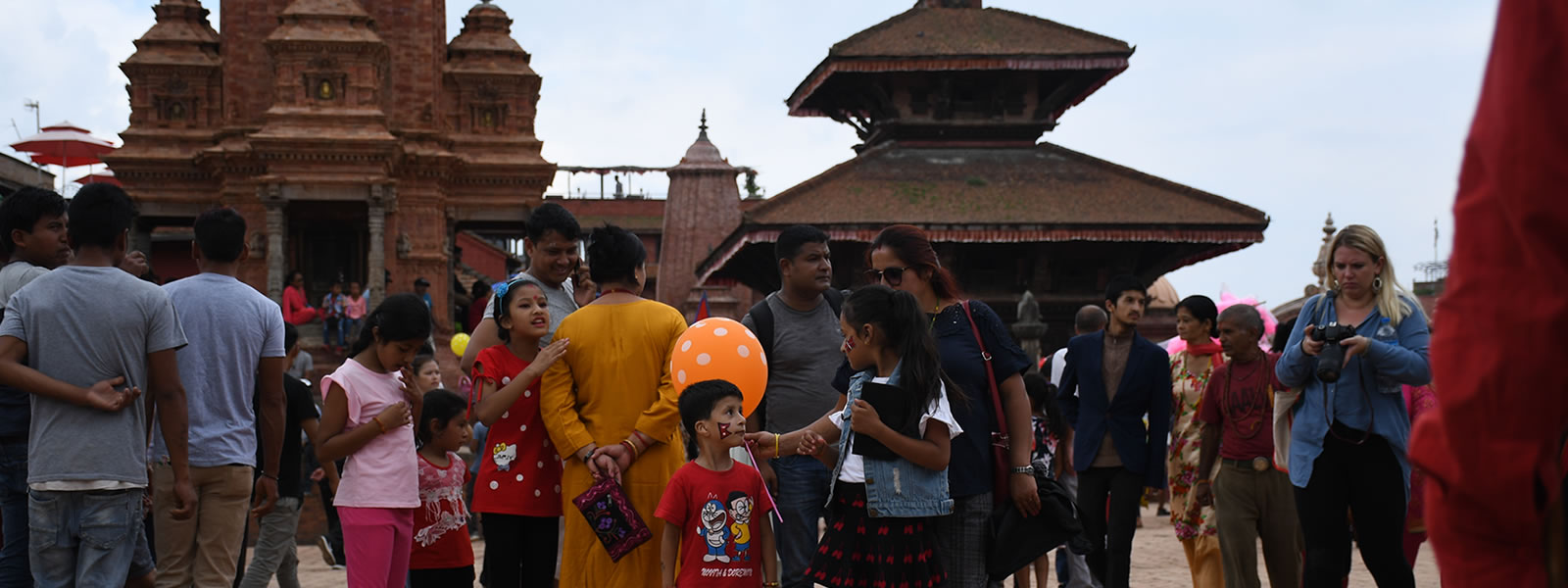
Highlights
Renowned as a museum of medieval art and architecture with voluminous examples of sculpture, woodcarving, and colossal pagoda temples sacrosanct to different gods and goddesses, Bhaktapur Durbar Square situates just 9 miles/15 kilometers east from Kathmandu enlisted UNESCO World Heritage Sites in 1979. Bhaktapur, otherwise called Bhadgaun, Khowpa, etc.
Bhaktapur is the perfect combination of woodcarvings, metal architecture, and pottery artifacts. The existed temples are a conglomeration of Pagoda and Shikhara styles along with charming architectural showpieces of the Valley as it highlights the ancient arts of Nepal.
Terrific effigies of kings hovering on the top of stone monoliths, the guardian deities gazing from their sanctuaries, the wooden crafts in each domicile- struts, lintels, uprights, tympanums, gateways, and windows-all seem to like to form a well-composed masterpiece.
Entry Permit
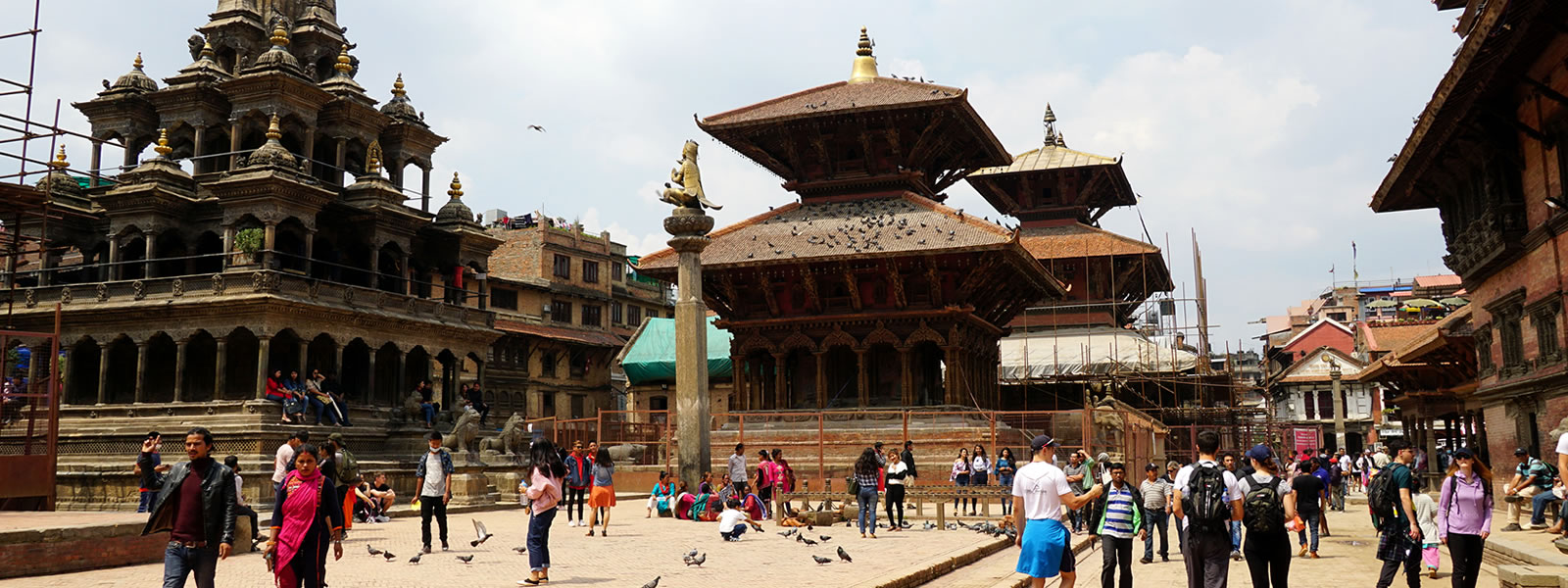
Highlights
Patan Durbar Square was enlisted in World Heritage Sites in 1979 as a cultural monument. Situated just 5 kilometers eastern Kathmandu, Patan is enclosed by four Buddhist stupas erected by Emperor Ashoka in the third century BC. The ancient city of Patan lies in Lalitpur district-the second smallest district of Nepal.
Visiting Patan, travelers immerse in the compact mass of temples is perhaps the most externally striking vitrine of Newari design to be found in Nepal. Most of the arts, crafts, and constructions here date back to the 14th to 18th century, especially in the period of the Malla Dynasty.
So, do not miss this amazing historical, cultural, archeological, and religious exhibition of Patan city during your Nepal visit.
Entry Permit
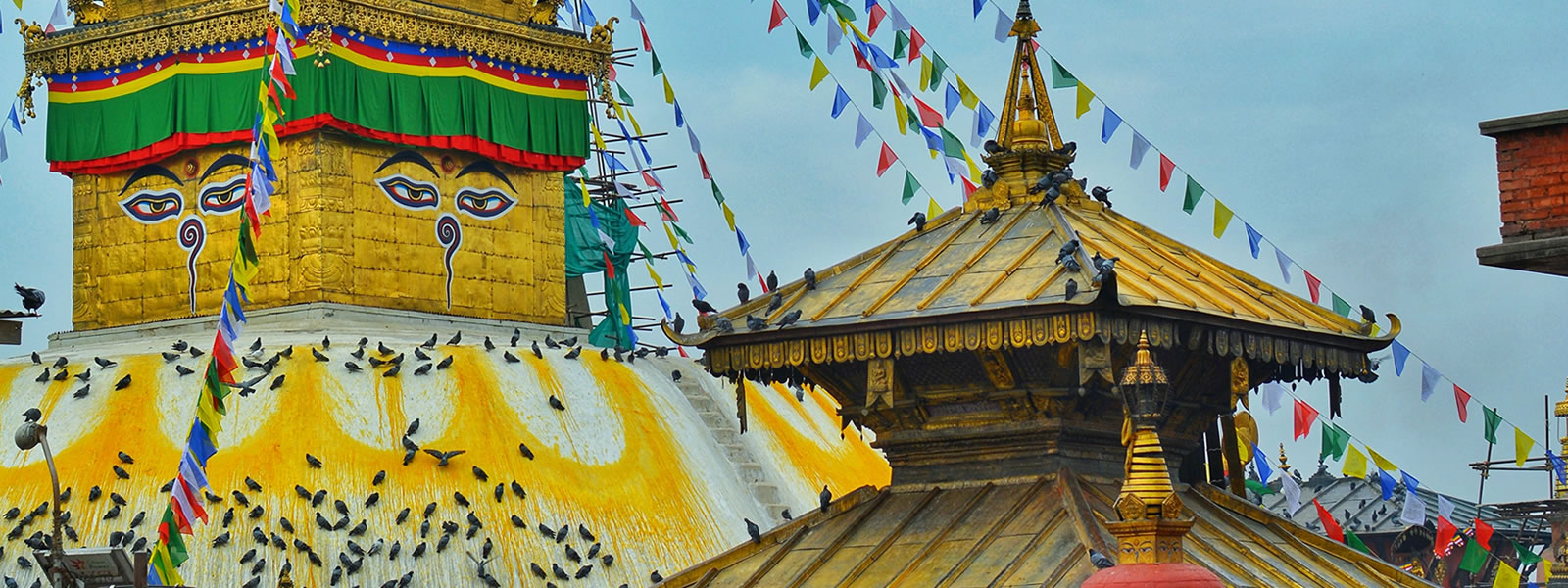
Highlights
Swyambhunath Stupa, probably the oldest monument making its name list believed to be around 2500 years old was enlisted in the world heritage site in 1979. The situated western hilltop of Kathmandu offers astonishing views of the entire valley and magnificent landscapes around it.
A large stupa, a couple of temples around it, different Buddhist relics, museums, fluttering prayer flags, artistic buildings around it are some other attractions of Swyambhunath. The entire surrounding is constructed artistically.
As it is assumed that Swyambhunath was born out of a lotus flower that shone in the core lake. During that period, Kathmandu was a lake. Manjushree, a great legend of Buddhism came from China chopped the hill of Chovar with his sword, let the water of the lake out, and made it suitable for living. A stupa was placed at the hilltop over an ever-glowing lamp. A large dome of Stupa is believed to protect that lamp even today. The main stupa, two adjacent temples, centuries of antique arts and crafts, Harati Mai Temple, a statue of Dipankar Buddha, are quick places to see during your visit to Swyambhu.
Entry Permit
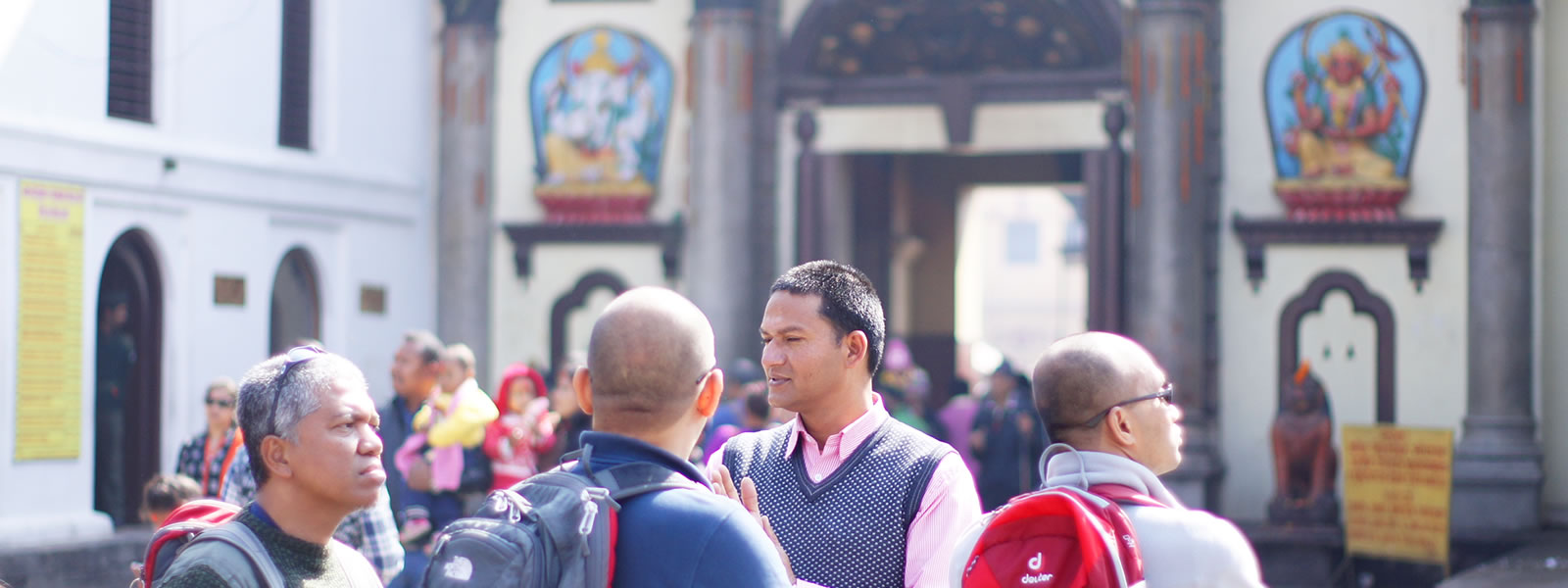
Highlights
A famed and sacred Hindu temple compound that is positioned on the banks of the Bagmati River, roughly 5 km northeast of Kathmandu, Pashupatinath Temple was enlisted in UNESCO World Heritage Site in 1979 as a cultural monument.
Pashupatinath literally means the god of all the animals centrally dedicates to Lord Shiva making it one of the most sacred religious shrines of Asia where millions of national and international devotees, visitors, and explorers pay a visit each year.
Shreds of evidence say that it was built in the 5th century and renovated several times. Lastly, some of its shrines were affected by the devastative earthquake of 2015 but are renovated completely now. The Pasupatinath is said to have existed from the beginning of the era when a Shiva lingam was discovered here.
Pashupatinath temple complex is considered the largest temple surroundings of entire Nepal starches on both banks of Bagmati River- considered one of the holiest rivers by Hindu devotees. The central pagoda-styled temple contains a gilded roof, four sides (each side resembles a direction-east, west, north, and south), exquisite wood crafts. A plethora of temples dedicated to both Hinduism and Buddhism are scattered around the Pashupati complex.
On the banks of the Bagmati river, just below Pashupatinath temple, there sits Arya Ghat where the cremation of Hindus takes place. Numerous other Ghats (cremation places) as Gauri Ghat, Raj Rajeshwori Ghat, Bhasmeshor Ghat exist on the bank of the Bagmati River making it easier to burn people.
Visit this interesting place and get an unmatched mix of cultural, religious, and experiences. Deupatan, Jaya Bageshori, Gaurighat (Holy Bath), Kutumbahal, Gaushala, Pingalasthan, Sleshmantak forest, 492 temples, 15 Shivalayas (shrines of Lord Shiva), and 12 Jyotirlinga (phallic shrines) are some other monuments to explore in Pashupati territory.
Entry Permit
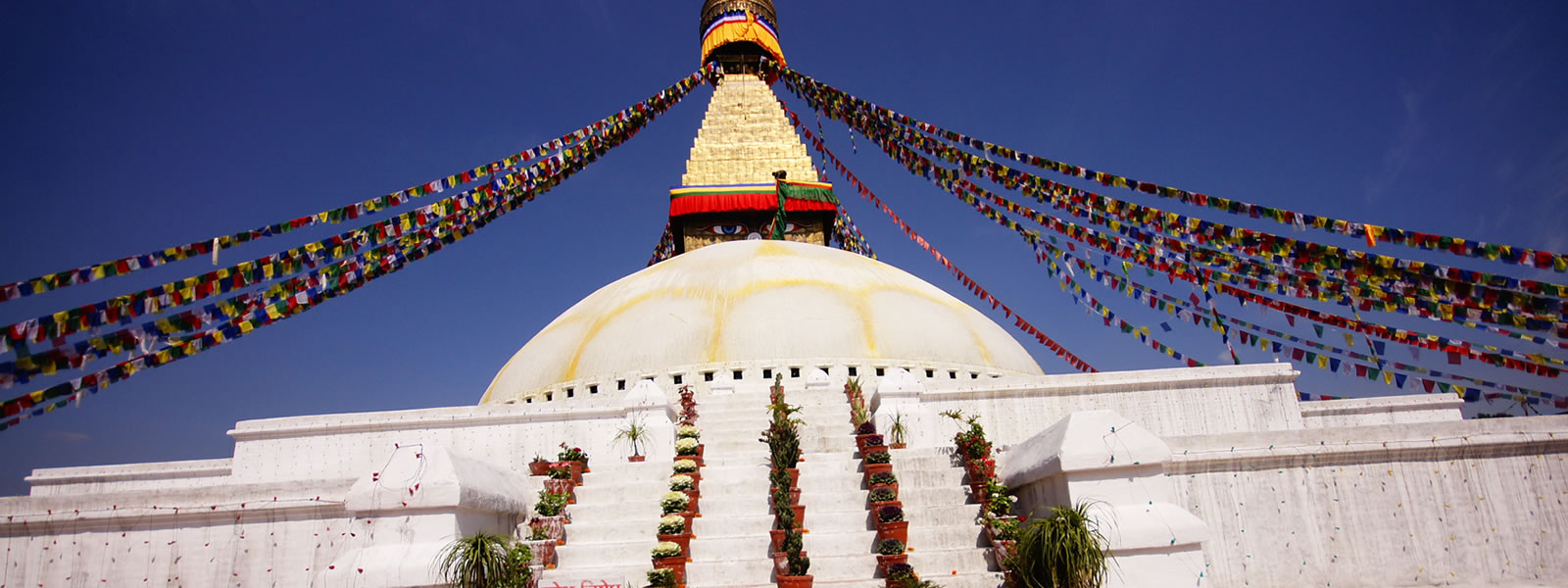
Highlights
Another cultural heritage of Nepal Boudhanath stupa sits about 11 km northeastern outskirts of Kathmandu. Founded around 600 AD by King Songtsen Gompa of Tibet, Boudhanath was listed in World Heritage Site in 1979. The Boudhanath Stupa contains a massive dome, which is accurately proportioned and symbolic with a Buddhist pyramid tower on the top which is shaped like mandalas themselves.
A 36-meter-tall stupa of Boudha is enormous and governs the prospect in the area. With numerous monasteries around it, Boudha is the epicenter of Tibetan Buddhism in Nepal. Constructed in the silhouette of a mandala designed to imitate the Gyangtse of Tibet, the stupa was reconditioned by Licchhavi sovereigns in the 8th century. As the stupa sits on a once ancient trade route to Tibet, numerous merchants used this place as a resting place for centuries. Even today it hasn’t lost its craze where thousands of people visit it every day.
The stupa is constructed construction a mandala on its base. The main dome sits above the mandala. A Harmika resembling each direction locate above the massive dome. Above this, the 13 stages of the canopy make the stupa even mesmerizing. Above there is a lotus, umbrella and pinnacle lie above them respectively.
Those elements have their own importance and meanings. The uppermost pinnacle refers to the symbol of Mt Sumeru (The King of Mountains), umbrella below it resembles the Protector of three jewels, Buddha, Dharma, and Sangha.
Likewise, the lotus indicates a symbol of compassion and purity. Below the lotus, thirteen steps exist which specify the thirteen states of Bodhisattvas’ ground for the complete enlightenment. Meanwhile, the two eyes in each direction invoke the symbol of method and wisdom. A nose between the eyes signifies the symbol of nirvana.
The Harmika, Dome, 108 niches, and mandala symbolize eight noble paths, Universe or Vase of great treasure Mandala, Buddha statues, and Mansion of Buddha respectively.
Entry Permit
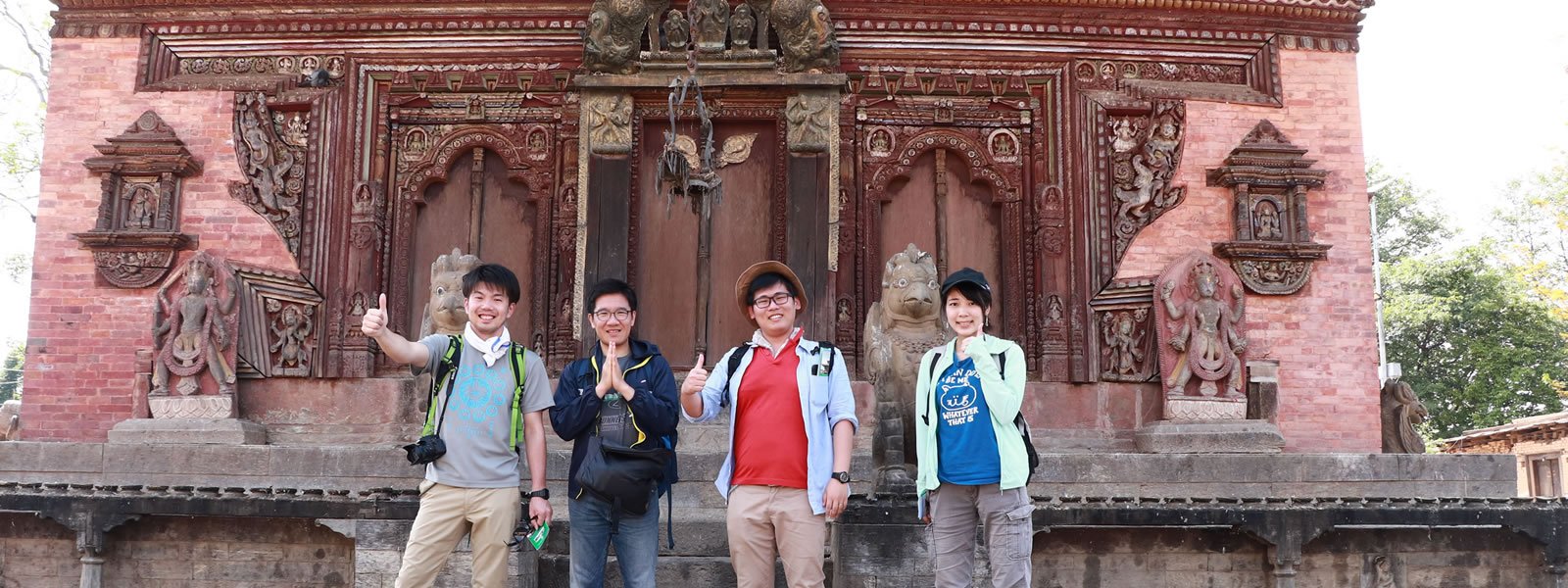
Highlights
Situated atop Bhaktapur, Changunarayan is one of the core Vishnu (Narayan) temples believed to build in the 4th century. Evidence of very antique arts and architecture of Nepal and Kathmandu valley, Changunarayan is a two-tiered pagoda style, the focal monument here is safeguarded on all sides by couples of real and mythological beasts as elephants, lions, winged lions, and ram-horned griffons and its roof struts feature some astonishingly convoluted figurines of Tantric deities all around it. The temple is also festooned with ten manifestations of the Narayan, the creator of all life.
As the temple is pagoda styled, has a door in four directions. All the doors are metal-plated and are open only for special ceremonies. Both Hindu and Buddhist people enter inside the temple and the rest can observe from a yard.
The Garuda, a special vehicle of lord Vishnu is kept on the main door of the temple. It seems to worship the lord inside. Just in front, the most historic stone inscription in the Kathmandu valley is observable which dates back to 464 AD.
All around the courtyard, you can witness a series of extraordinary carvings dating back to the Lichhivi era explaining Vishnu in various avatars (incarnations). On the southwest corner, the Narshingha (half lion half man) can be viewed. Vikrant (Vamana), the six-armed dwarf who converted himself into an enormous capacity of crossing the universe in three steps to defeat King Bali can be seen adjacent to Narshingha.
Along with the Vishnu, there are separate temples for Lord Shiva and the tantric goddess Chhinnamasta are placed. The earthquake of 2015 had destroyed several monuments except for the major temple (which faced a bit of wreckage) that are completely renovated now.
Entry Permit
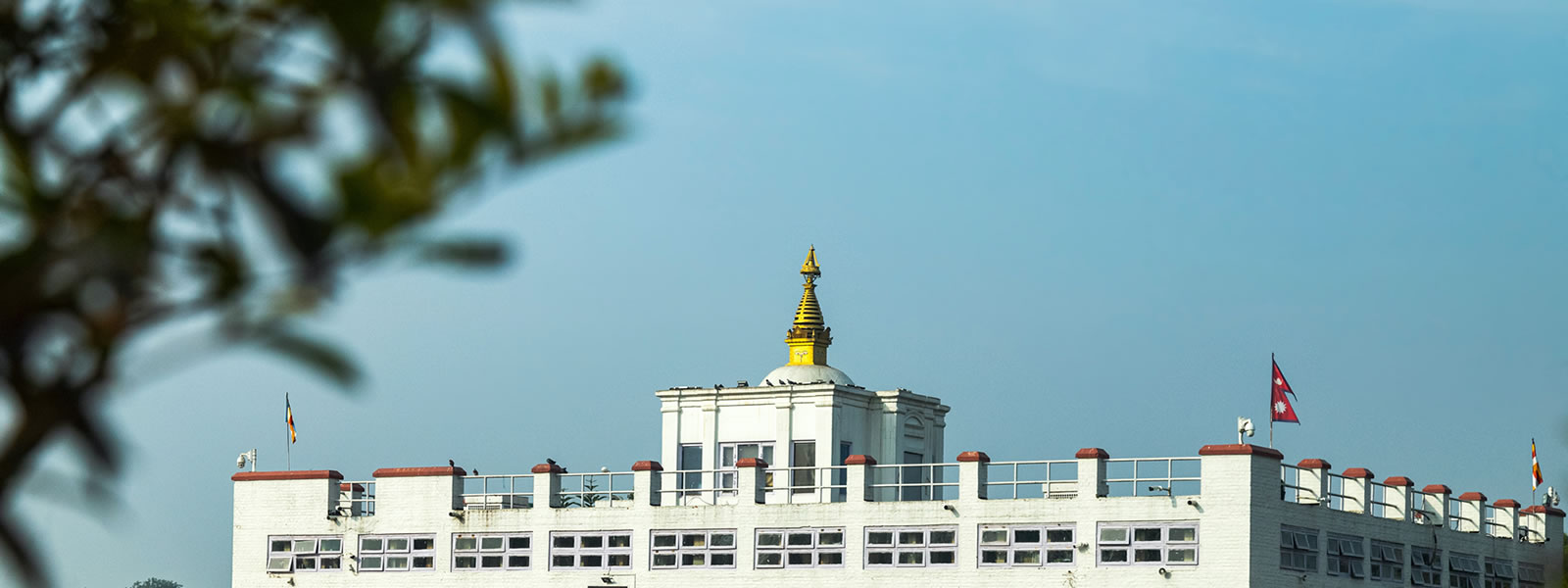
Highlights
Lumbini ‘in Sanskrit the lovely’ is a Buddhist religious site that is well renowned for the birthplace of Lord Gautam Buddha- the light of Asia and founder of Buddhism sits in the Rupandehi district, Lumbini province of southern Nepal.
It is one of four Buddhist pilgrimage sites on the major events in the life of Buddha. Lumbini is famous for his birthplace, Bodh Gaya for enlightenment, Sarnath for the first discourse, and Kushinagar for his Mahaparinirvana (death)
According to Buddhist myths and shreds of evidence, Queen Mayadevi gave birth to Siddhartha Gautam around 563 BCE (dates vary) on the way to her mother’s house. Staying 29 years in his palace, Siddharta Gautam left his residence in the search of the meaning of the several questions that arose since he was a child.
Around six years later of his wandering at around 528 BCE, he got enlightenment and started to spread his knowledge to the rest world. Now Lumbini is one of many magnets for pilgrimage that leaped up in places fundamental to the life of the Buddha.
Numerous monasteries made by distinct nations, Maya Devi Temple, museums, monastic zones, research centers, holy ponds, and peace gardens are some of the major attractions of Lumbini. These days Lumbini has gained popularity as one of the world's most important spiritual sites and attracts Buddhist pilgrims from around the world.
Entry Permit
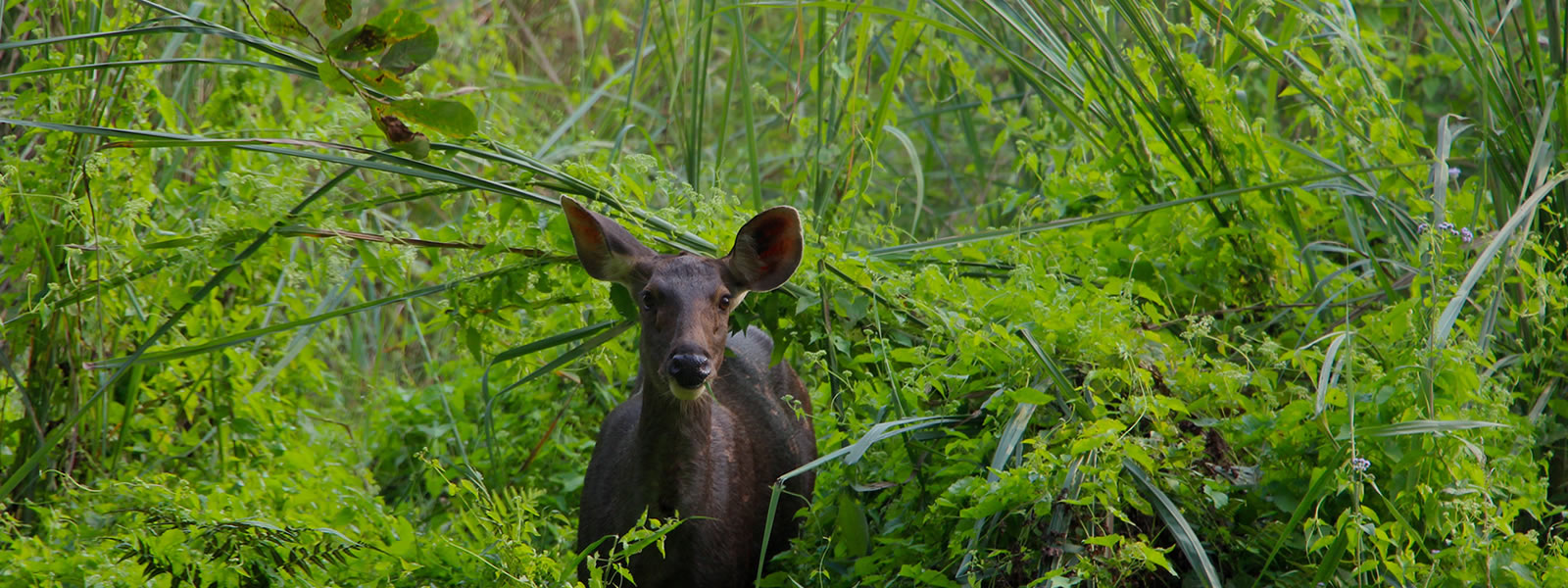
Highlights
A natural wonder- Chitwan National Park sits at the lower belt inner Terai extended in four districts of Nepal viz. Chitwan, Nawalparasi, Parsa, and Makwanpur, covering 952.63 km2 (367.81 sq. mi).
Established in 1973, Chitwan Nationa Park was enlisted in a UNESCO World Heritage Site in 1984. Most of the area of the park lies in dense forest, river, wetlands, and grasslands that shelters sizeable animal populations, making it one of the best national parks for viewing wildlife in Asia.
Chitwan National Park shelters 68 species of mammals, 544 species of birds, 56 species of herpetofauna, and 126 species of fish. The park is especially notorious for its preservation of One Horned Rhinoceros, Royal Bengal Tiger, and Gharial Crocodile.
Go in search of the grandiose Royal Bengal tiger and lookout the greater one-horned rhinoceros, some rare and endangered animals, birds, butterflies, and reptiles. Beware! The great Asiatic elephants ramble the jungles in herds. This national park is nearby and an idyllic place to go for a wildlife safari.
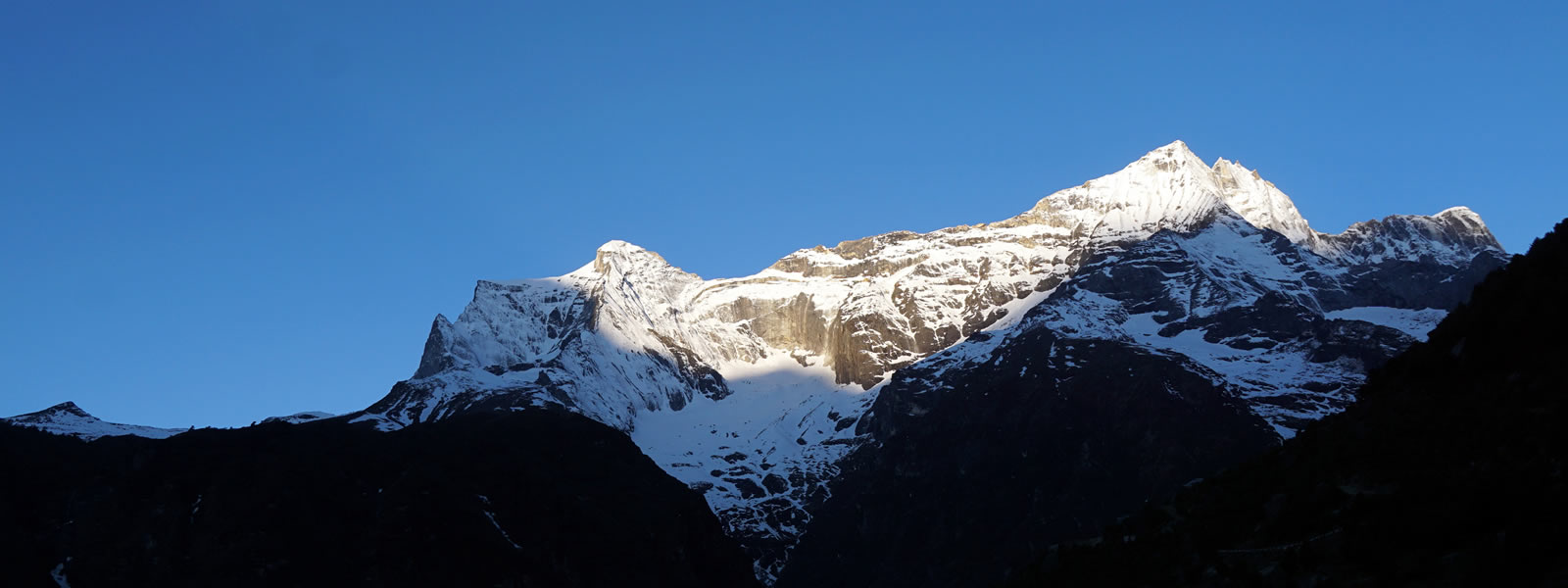
Highlights
Sagarmatha National Park, the home of the world’s tallest peak-Mt Everest(8848.86m) sits on the north-eastern part of Nepalese Himalayas in the upper catchment of the Dudh Kosi river 140 km east of Kathmandu, centered on 27o57’55” N by 86o54’47” E. This national park covers an area of 443 square miles (1,148 sq km) and extends from Monjo at 2,845m to the top of Mt. Everest/Sagarmatha at 8,848.86m/29031ft. Established in 1976, this park was enlisted in World Heritage Site in 1979.
With most of the park situating above 3,000 m, it is mostly rugged terrain made up of deep gorges, glaciers and massive rocks, and mountain peaks. It is the home of 25 or more peaks over 6,000m, and seven mountains (Baruntse, Lhotse, Nuptse, Pumo Ri, Guachung Kang, Cho-Oyu, and Nangpai Gosum) over 7000m high and three mountains over (Everest, Lhotse, and Cho Oyu) over 8000m high.
The rivers are nourished by the extended glaciers at the crown of apiece vale: Nangpa Glacier on the Bhote Kosi, Ngozumpa Glacier on the Dudh Kosi, Khumbu Glacier on the Lobuche Khola, and the Imja Glacier, one of eight which feed the Imja Khola under Sagarmatha. The Ngozumpa Glacier, 20 km long, is adjoined on the west by the four Gokyo lakes impounded behind its lateral moraine.
Sagarmatha National Park is the preservation center for varieties of flora and wildlife. Trees as birch, rhododendron, blue pine, juniper, and silver found up to an elevation of 4000m above sea level. Above this, only scrub and alpine plants are found.
During the month of late March to early May, the hillsides surrounding the villages of Lukla, Phakding, Monjo, Namche Bazaar, Tengboche, Thame, and Khumjung are a riot of colors with several species of rhododendrons and other wildflowers in bloom.
Sagarmatha National Park shelters distinct wildlife as Himalaya tahr, ghoral, musk deer, Pikka (mouse hare) weasel, jackal, langur monkeys, Himalayan black bear, wolf, lynx, and snow leopard. Similarly, it is also a bird’s paradise with 118 species of birds including Impeyan pheasant, blood pheasant, snow cock, snow pigeon, red-billed and yellow-billed chough, Himalayan griffin vulture, lammergeyer, and several others.
Entry Permit
Leave Your Comment